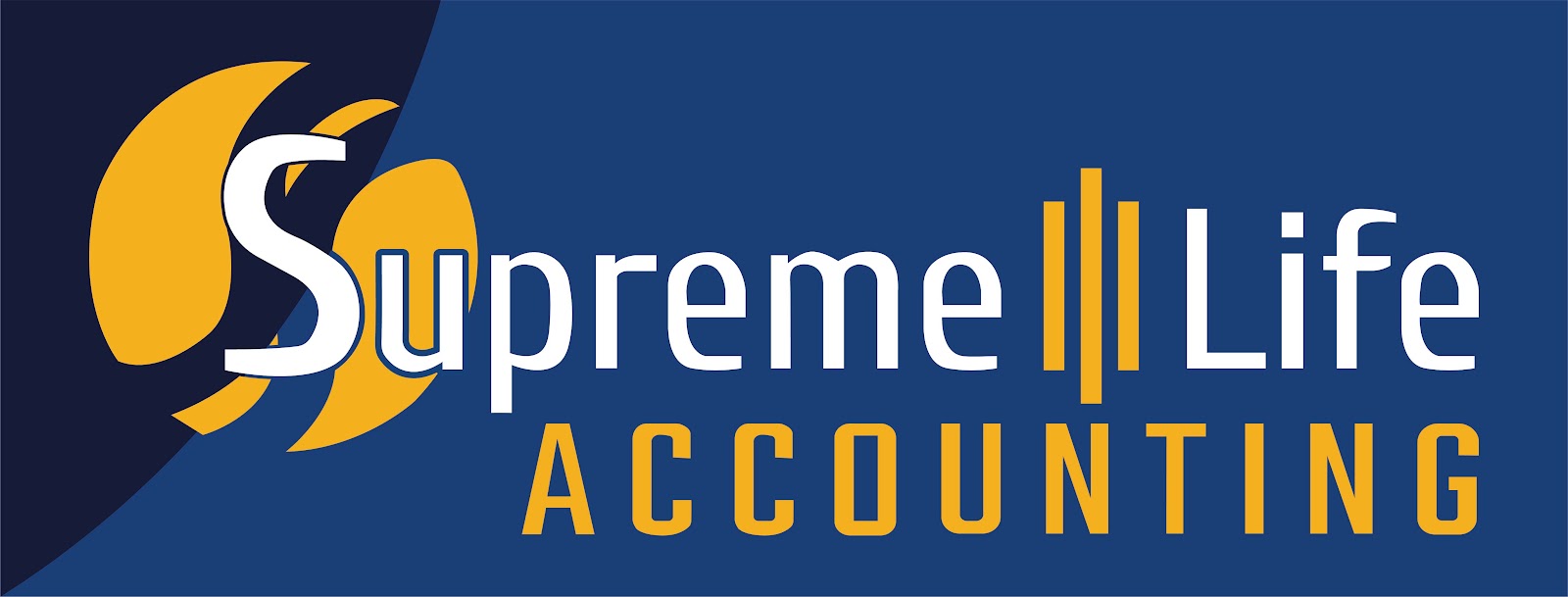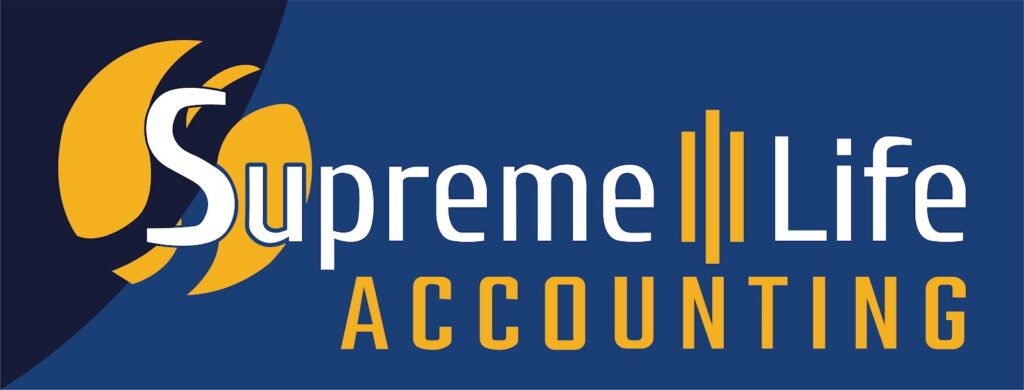To guarantee sound financial management procedures, every small business must adhere to fundamental accounting procedures. They consist of:
1.Split your personal and commercial costs. Opening a company bank account is one of the first actions a small business should do, which it can do after receiving its Employer Identification Number, or EIN (sole proprietors can use social security numbers). Compared to personal bank accounts, business bank accounts provide the following benefits:
making it simpler to keep track of and support business costs in order to benefit from tax benefits.
providing personal liability protection by keeping personal and business funds apart.
giving the business the choice of a line of credit that it can utilize to fill in any cash gaps.
Companies should open a merchant services account, a checking account, a savings account, a credit card account, and a merchant account to enable them to accept credit and debit card payments from clients.
2.Obtain bookkeeping software (and a bookkeeper). Tracking all revenue and expenditures in an organized manner is known as bookkeeping. Financial management is essential in ensuring that business owners have the knowledge they need to make wise decisions. Many small business owners lack the necessary skills to handle accounting. It’s frequently a smart investment to hire someone specifically for the job or, for smaller organizations, to outsource the role.

Accounting software streamlines manual bookkeeping procedures that are time-consuming and prone to error. It also makes it simpler to locate the data needed to prepare financial accounts. Particularly small firms are having great success with cloud-based accounting software, with more than 50% of U.S. respondents to a Robert Half poll saying that their organizations utilize entirely or primarily cloud-based accounting and financial management systems. Despite the fact that the majority of firms begin with simple accounting software, as they develop and become more intricate, they might need to invest in an enterprise resource planning (ERP) system. When a business has an ERP system in place, it can add modules for other business operations, all of which are connected to a single database.
3.Create a budget. Making revenue forecasts and a list of anticipated expenses is one of the first steps in writing a business plan. The budget is then compared to actual costs and income. According to a survey by the Federal Reserve Banks of Chicago and San Francisco, more than 60% of companies with strong financial standing always create budgets and establish separate bank accounts for payroll. These two financial planning and management techniques were used by less than 5% of companies with poor financial health.
4.Maintain precise company records. One of a small business owner’s most significant duties is keeping records. Accounting software can digitally store financial records and automate much of the recordkeeping procedure. In order to claim expenses as tax deductions, it is simple to provide documentation for the sum, date, location, and business purpose of a transaction. Accountants advise keeping the records for seven years, although the IRS generally requires maintaining them for three. IRS Publication 583 contains a detailed list of the records that a firm must keep. Nonetheless, a handful stand out for startups and small businesses, such as:
Your company’s gross receipts constitute its income, and its records include cash register tapes, deposit data (on credit and cash sales), receipt books, invoices, and Forms 1099-MISC.
Costs are the charges you incur to operate your business, and records include: canceled checks or other papers confirming proof of payment/electronic funds transferred, cash register tape receipts, account statements, credit card receipts and statements and invoices.
Receipt scanners automatically map the contents of receipts and invoices to predefined fields in the accounting software, making it simple to digitize them for easy tracking. Accounting software may include a mobile app of its own or support a third-party app that enables a worker or company owner to take a photo of a receipt with their smartphone camera. These programs convert text into machine-readable code using optical character recognition (OCR) technology.
For the purpose of calculating annual depreciation and the gain or loss resulting from their sale, fixed assets must be recorded. Purchase and sales invoices, real estate closing statements, canceled checks or other documents that show the payee, the amount, and proof of payment (including electronic funds transfers), as well as receipts and statements from credit card transactions, are examples of asset documentation. Amounts paid for intangible assets with a limited lifespan are amortized. Some asset types, such as current or intangible assets with an infinite life span, are not subject to depreciation or amortization.
5.Choose an accounting technique. Every startup and small firm must choose a set of guidelines for figuring out when to disclose income and spending. For tax purposes, this offers a uniform accounting technique. In general, under amendments put in place by the Tax Cuts and Jobs Act, small firms with $25 million or less in yearly gross receipts for the three prior tax years can choose between accrual accounting and cash basis accounting. Yet, since accrual accounting is required by Generally Accepted Accounting Standards (GAAP), many businesses favor this approach.
expenditures are subtracted when money leaves the business’s account. When a product or service is supplied or when a service is sold, accrual accounting records the sale. A sale is recognized when a product is purchased in a retail context. In some industries, revenue may not be reported for several weeks or even months after the transaction. Double-entry bookkeeping is necessary. Accrual accounting offers a more accurate picture of a company’s financial situation since it takes a long-term perspective on the firm.
6.Maintain the books in order. Owners and staff can’t get a good view of the business’s financial situation without keeping the accounts up to date. One technique to make sure the books are constantly up to date is to automate the receipt and invoice capture process. Connecting bank accounts with your accounting software is a further crucial step. Companies can download credit card and bank statements and manually import them as CSV (Excel), but some accounting systems have a plug-in that can automatically pull data from your bank account and retrieve daily bank transactions and statement files. The process of reconciling the statements is much simplified by the business’s ability to define the matching rules in their system. A business owner can manage and execute all banking chores in the accounting system without also going into their bank account portal thanks to some accounting software’s direct interface with banks.

7.Improve AP terms and billing. Take advantage of the credit terms offered by important suppliers to keep your cash longer. Have a payment plan that maximizes your cash flow, and whenever it’s practical, pay your invoices early with suppliers who give you a discount. Make every effort to encourage clients to make on-time payments in order to maintain a continuous cash flow. This can entail giving incentives for prompt payment, checking a new client’s credit before doing business with them, and, if necessary, canceling credit arrangements. Accounting software that automates the process of issuing bills and follow-up reminders could also aid in preventing the accumulation of unpaid invoices.
8.Distinct accounting duties. Public firms are required to abide by laws that set measures in place to guarantee the separation of roles. One person handling many accounting tasks is more common in small organizations, however this atmosphere increases the possibility of accounting fraud. Owners can reduce this danger, though, by implementing a few straightforward controls. Making sure the individual who cuts the checks doesn’t also sign them and reconcile the bank statements is an efficient control.
9. Keep an eye on a few pricey expenses. For the majority of small firms, labor expenditures are the biggest expense, and inventory is frequently another. Many small firms hire contractors that charge by the hour in order to lower labor costs. Due to the contractors’ potential need for fewer hours per week and their lack of benefit requirements, this may be less expensive. Leaders can better budget and discover strategies to manage costs by using time-tracking software to determine how much particular jobs are costing the company. Businesses can minimize inventory costs by measuring inventory carrying costs, inventory turnover ratio, amount lost to obsolete inventory and other crucial variables.
10. Make substantial investment plans. The company can determine the ideal moment for major expenditures and establish the credit it would require to meet the cost by continuously tracking expenses and earnings. When a company needs additional money, business credit cards can help it build a credit history so that it has a greater chance of getting financing (and the best financing terms), including loans and credit lines. A company’s entire financial health depends on securing these funding sources; according to a Federal Reserve research, 45% of businesses with outstanding financial health acquired loans or credit cards from a bank, compared to just 3% of businesses with poor or below-average financial health. Credit cards also provide benefits for businesses like business incentives or travel rewards.
11. Keep a close eye on tax preparation. In general, the IRS mandates estimated tax payments from sole proprietors, partners, and S corporation owners if they anticipate owing $1,000 or more in taxes when their return is filed. You must maintain particular employment tax records; more information is available in the IRS’s materials on recordkeeping for employers and the Employer’s Tax Handbook. To assist in calculating estimated tax, the IRS offers worksheets in Forms 1040-ES, Estimated Tax for Individuals, or Forms 1120-W, Estimated Tax for Companies. Also, companies want to look at the IRS tax calendar. The tax calendar lists tasks and deadlines for each month. A company can subscribe to reminder emails or even import reminders into Outlook.
12. Consult a tax preparation specialist for advice. One in three small firms, according to the NSBA, claim to spend more than 40 hours year on federal taxes. The fact that about two thirds of small businesses pay an outside tax expert or accountant to manage their taxes is not unexpected. For a sole owner, there are even more advantages because you can deduct the expense of employing a tax professional to prepare your company’s tax return.
13. Verify the accuracy of the inventory data. Accurate inventory data is required by the firm to create financial accounts. It must determine the value of inventory on hand for the balance sheet and the cost of goods sold (COGS) for the income statement. Physical inventory is monitored either by routinely manually counting the products or by coupling those counts with an inventory management system that, if coupled with the point-of-sale system and accounting software, may automatically update the figures as sales occur. Using inventory management software not only makes tracking inventory much simpler, but also improves the accuracy of the data.
14. Financial reports can be used to assess corporate performance. These three important financial statements are created by tracking expenses and income. A balance sheet provides a snapshot of the company’s financial position at a particular point in time, while income statements assist in determining the company’s profitability (or lack thereof). A cash flow statement reveals whether the company has enough cash flowing into and out of the business during a specific period and how much cash is still on hand. But when paired with the balance sheet, the cash flow statement can demonstrate if a business has enough cash on hand to cover its immediate obligations. Banks and investors demand all three declarations in order to obtain financing or investment.

15. Create financial forecasts. Financial forecasts assist companies in estimating future revenue and costs so they can determine whether they will require funding or need to undertake capital investments. Business leaders can estimate cash flow and decide when to modify pricing or production plans using financial projections.
Whether a company seeks a loan or other finance or if it is the target of an acquisition, forecasts offer crucial financial information to external stakeholders. Pro-forma financial statements, which include predicted income statements, balance sheets, and cash flow statements, can be made by a corporation using these forecasts. With the help of financial modeling approaches, projections can answer queries from lenders, investors, and other stakeholders in the organization. They answer questions like, “If we lend you this money, what will you do with it and how will you pay it back?” at their most fundamental level.
Small firms and startups can boost their chances of success by taking steps to set up reliable accounting procedures from the outset. According to studies, a small business’s financial health improves the more frequently it reviews its financial data, which should ultimately contribute to long-term success. Although most small business owners are not particularly passionate about bookkeeping, they must regularly review these crucial financial metrics to take advantage of opportunities for growth and make sure their business is not headed for insolvency.



